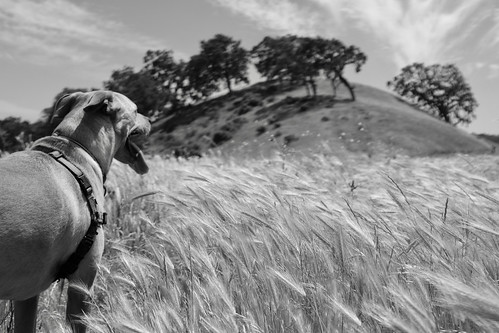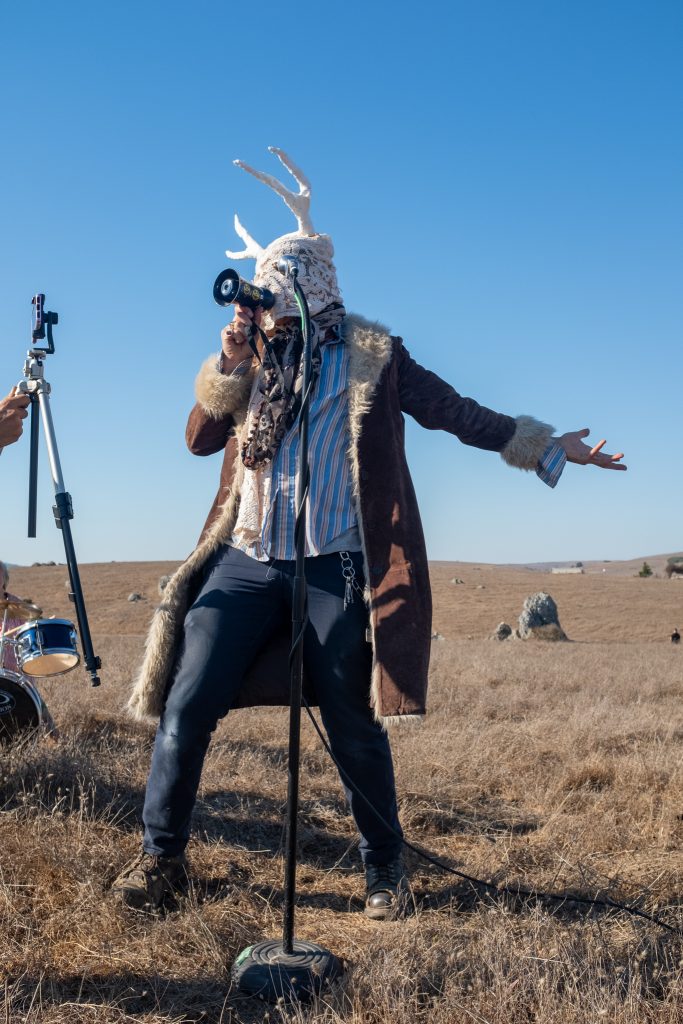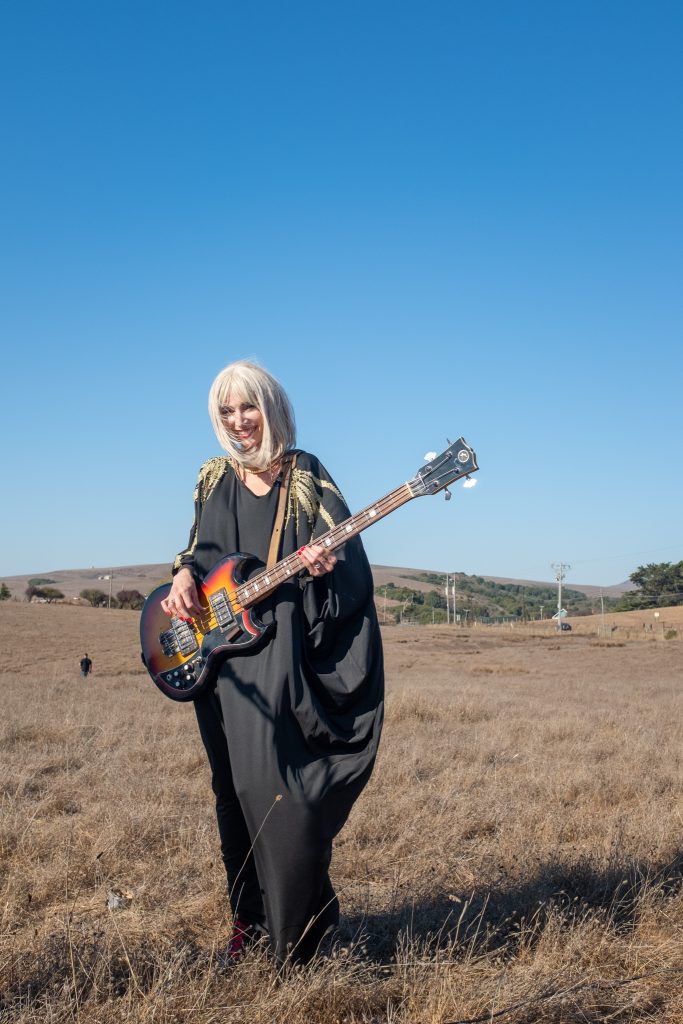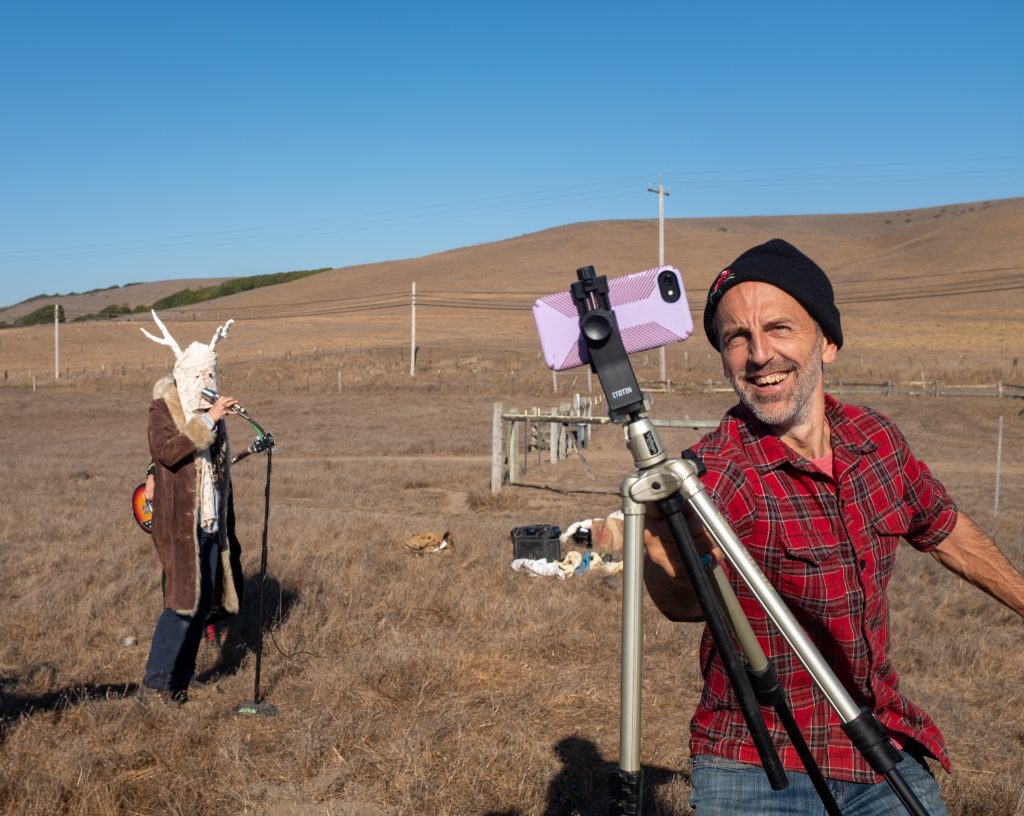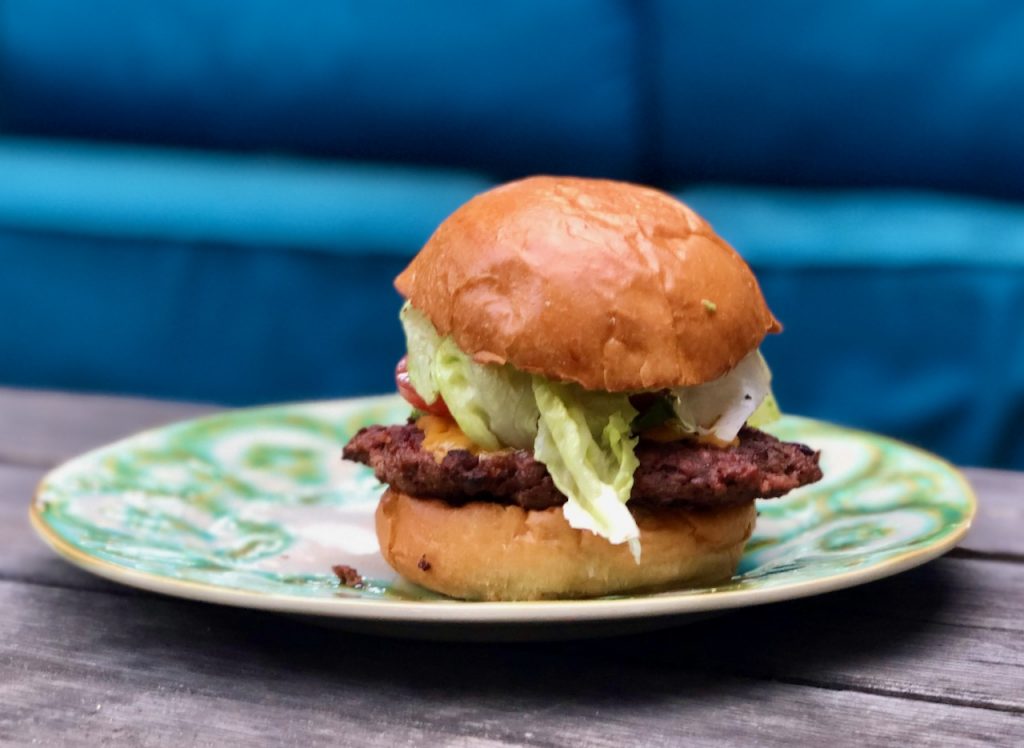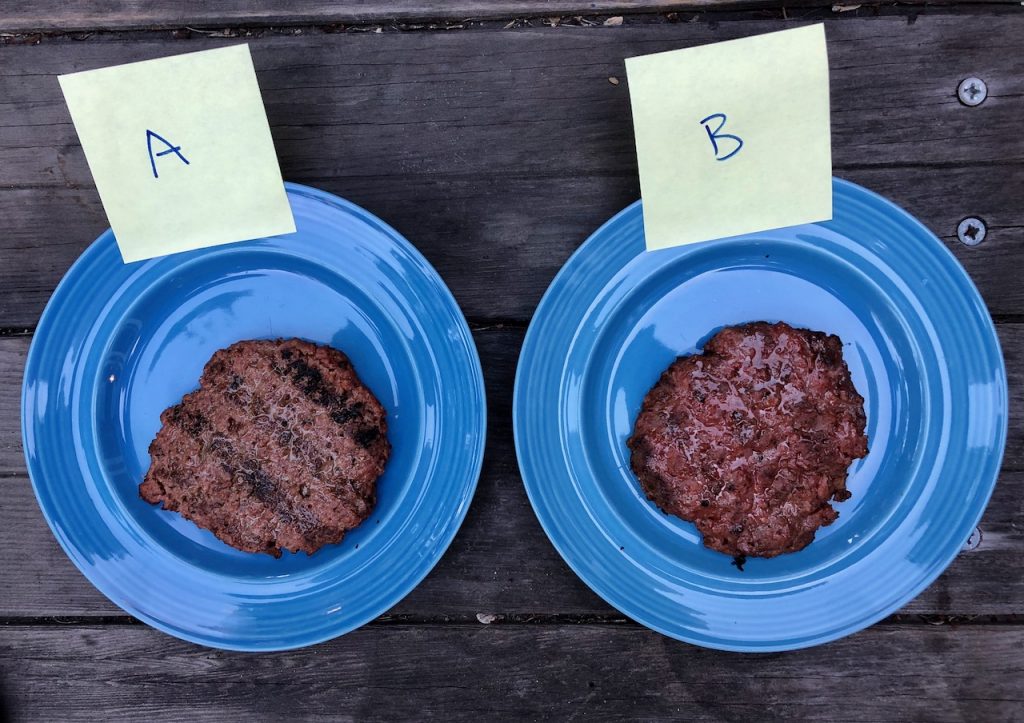Because crutches fully occupy both hands, you can’t carry a damn thing around the house. You never even think about it until suddenly you realize that you:
- Can’t carry a cup of coffee from one room to the next
- Can’t carry a laptop or tablet from the couch to the desk
- Can’t get a plate of food from the kitchen to the table
- Can barely unload the dishwasher, get your clothes in the hamper, pick up a dropped thing, or just about anything else

Which means you’re suddenly heavily dependent on friends and family. Knee-scooters leave your hands free, but only work if your injury allows for bending the knee (mine doesn’t). But it’s amazing how quickly your body and mind adapts and figures out new ways to do old things. Here are a few of the tricks I’ve figured out over the past week:
Coffee cups are out of the question. But if you fill a plastic squirt bottle with hot coffee, you can grip it in your teeth by the nozzle. Then find a plastic coffee cup to hook under one finger, under the crutch handle. Transport both to the next room, then squirt coffee from the bottle to the cup.
Using a backpack indoors is a huge help for transporting laptop, tablet, books and boxes from one place to the next.
For moving plates, plot out a trajectory through the house where two horizontal surfaces are a two-arm length from each other, and “hopscotch” the plate. Your quesadilla can move from one end of the kitchen counter to the other, then from there to the phone table, and from there around the corner to the light desk in the LR and from there to the coffee table. If you’re lucky enough to have a series of flat surfaces in proximity to each other, anyway. Then all you have to do is stop between each “step” and transfer the dish between arms to the next surface until the destination is accomplished. Huge hassle, but do-able.
Towels and clothes and other soft things can be draped around the neck and carried that way if the backpack isn’t handy.
Don’t be afraid to use crutches like giant chopsticks, to lift things a few feet away to you, or to drag something across the floor towards your feet. Way easier than going through the hassle and grunt of the one-legged stand-up.
Also worth learning: How to use crutches asymmetrically to help with “pivots” and turns. If you have an old house with narrow bathroom doors (like we do), learning to crabwalk sideways can be super helpful. Since you’ll need to pee in the middle of the night, get good enough at the crab walk to do this in the dark, half-asleep.
For the inevitable stairs, slow way the hell down. Falling down stairs is approximately the worst thing that could happen right now, and it’s not worth trying to move quickly. You’ve probably got one leg that needs to stay straight, so this will be a one-leg-at-a-time maneuver. Upstairs is much easier than downstairs. When going downstairs, plant both crutches on the next step, toward its outer edge to maximize your support triangle. After transferring weight to the crutches, put the straight leg down first and balance, then quickly hop the good leg down to join it. Lather, rinse, repeat.
One last thing to internalize completely: Do not try and support your body weight from the armpits! The armpit pads are only there to keep the crutches in place – all of your weight must go on the handgrips, or your pits will be sore and unusable by the end of the first day.
I’m feeling a lot more capable after a week on crutches. Wouldn’t wish it on anyone, but things that seemed impossible at first are becoming possible. Hanging in there.

